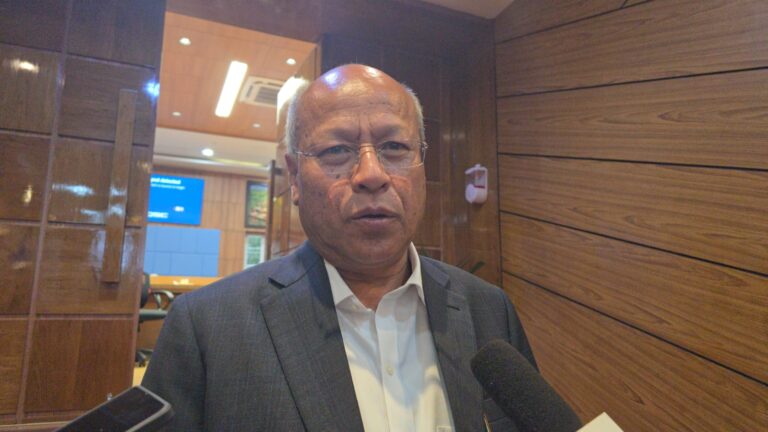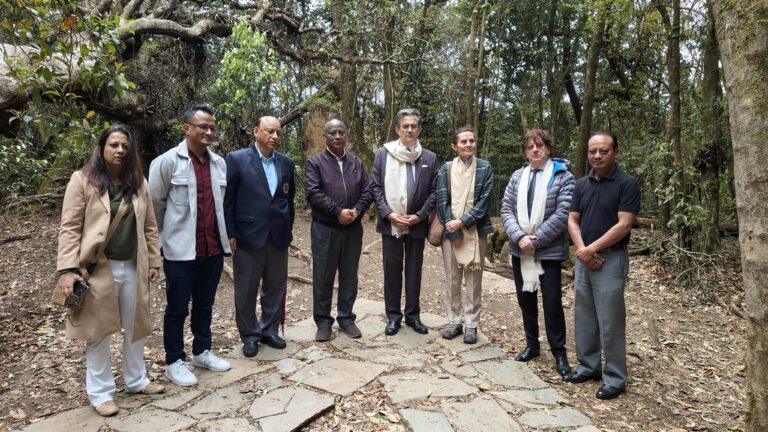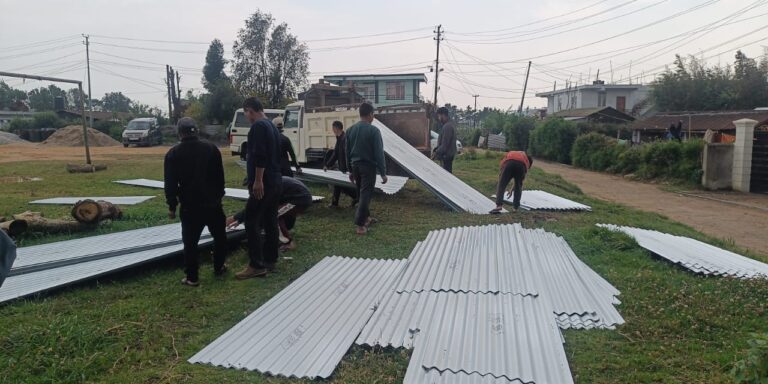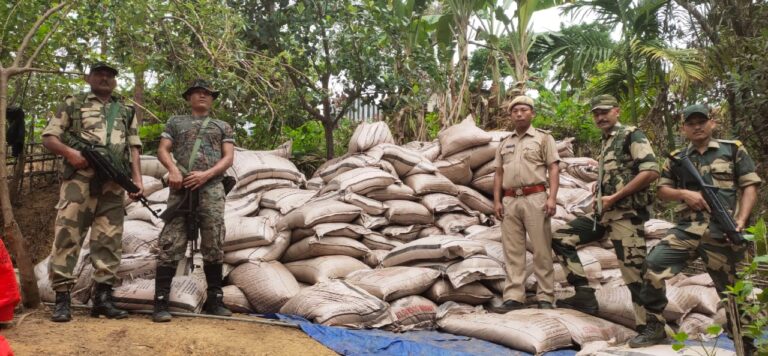 SHILLONG, APR 11: A report on the siltation study conducted M/s Tojo Vikas (India) Pvt Ltd (TVIPL) has pointed out that dredging of the Umiam reservoir to eliminate the silt deposits and enhance the storage capacity does not appear to an attractive proposition, Power Minister James K Sangma told the Assembly today.
SHILLONG, APR 11: A report on the siltation study conducted M/s Tojo Vikas (India) Pvt Ltd (TVIPL) has pointed out that dredging of the Umiam reservoir to eliminate the silt deposits and enhance the storage capacity does not appear to an attractive proposition, Power Minister James K Sangma told the Assembly today.
Replying to a query raised by Independent MLA SK Sunn during the question hour in the Assembly, Sangma said that as per the report, the dredging is proposed for 2.17 million cubic metre which is only 1.53% of the live storage capacity of the reservoir.
“The cost of dredging even this insignificant volume of 1.53% of the live storage will involve a cost of about Rs 41 crores at the rate of Rs 189 per cubic metre (2004) which is not economically viable,” he said while quoting the report.
With the object of assessing the siltation of the Umiam Lake after its construction in 1965, studies were conducted by M/s WAPCOS way back in the year 1990 and by M/s TVIPL, New Delhi in 2004.
The studies conducted by M/s WAPCOS were mainly limited to hydrographic surveys for silt assessment with relation to the original bed profiles from the area-capacity curves.
However, the siltation studies carried out by M/s TVIPL, New Delhi were much more elaborate and involved both hydrographic as well as topographic studies of the Umiam Reservoir by using state-of-the-art high-tech instruments of differential global positioning system (DGPS), digital echo-sounder, analogue echo sounder etc.
The design of the Umiam stage-I HE project provides for dead storage to accommodate 100 years of sedimentation assuming that the entire sediment deposit would be below the minimum draw down level (MDDL) that is 960.12M.
The dead storage of the Umiam Reservoir below the MDDL is 39.47 million cubic metre which corresponds to a sedimentation rate of 17.8 hectare metre/100 sq km/year.
As per the report of the TVIPL, Sangma said it was revealed that the volume of sediment collected in the Umiam Reservoir over the past 39 years from 1965 to 2004 works out to be 20.551 million cubic metre which corresponds to a sedimentation rate of 23.79 hectare metre/100 sq km/year.
The power minister also said that overall rate of sedimentation as on 2004 in both the live and dead storages of the reservoir was 0.527 million cubic metre/year which corresponds to sedimentation of 23.79 hectare metre/100 sq km/year.
By the use of empirical area reduction method it is worked out that the life of the reservoir when the entire dead storage below MDDL 960.12M is lost would be about 213 years from 1965.
“As per the empirical area increment method with reduction factor of 2/3, the dead storage would be lost in about 191 years after 1965,” he said.
The studies takes into account the various empirical procedures which are developed from siltation studies conducted in other existing reservoirs which forms the basis for assessment of the siltation of the Umiam lake.
The report further indicated that the live storage of the reservoir as on 2004 has reduced by 4.65% and the dead storage has reduced by 36.33%.
“Accordingly, when the Umiam reservoir would be 100 years old, the loss in live storage would be 15% and the loss in dead storage would be 73%,” it stated.
Earlier, the power minister also the storage capacity of the Umiam Lake has not reduced due to high siltation and has not affected the power generation.
The report also pointing out that it is evident that the siltation has mostly encroached into the dead storage zone of the reservoir (which is below the MDDL), and as such the reservoir capacity for generation of power would not be substantially affected even after 100 years, he said.
Earlier, Congress MLA from Umroi George B Lyngdoh urged the government to have a mechanism to check on the quantity of water drawn by army for the cantonment area to ensure that live storage of the dam is not affected.
By Our Reporter













+ There are no comments
Add yours